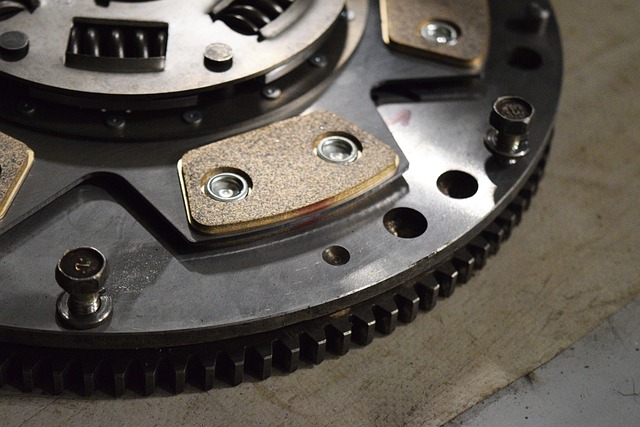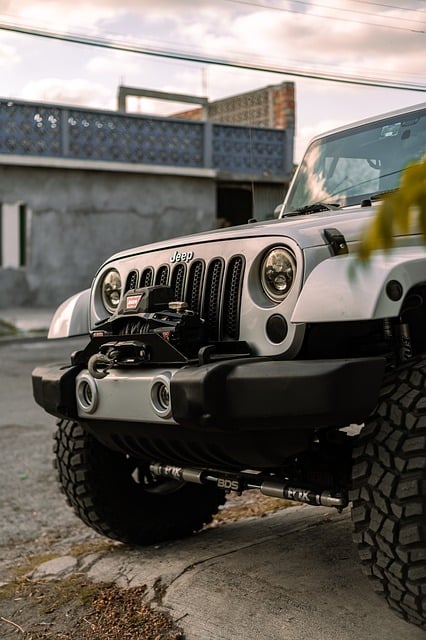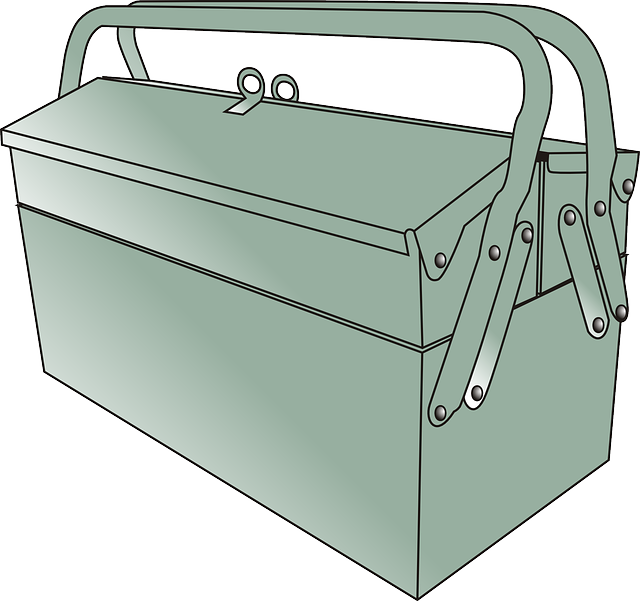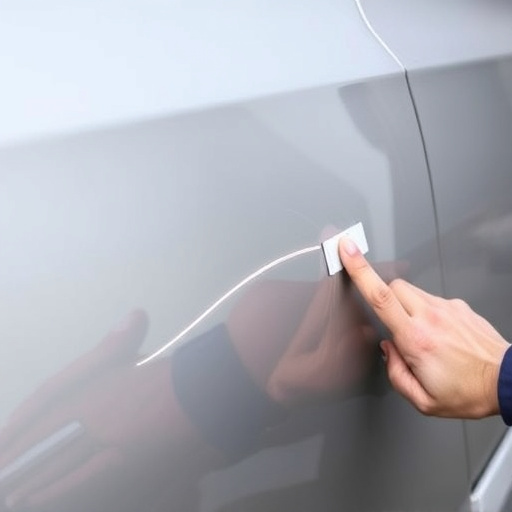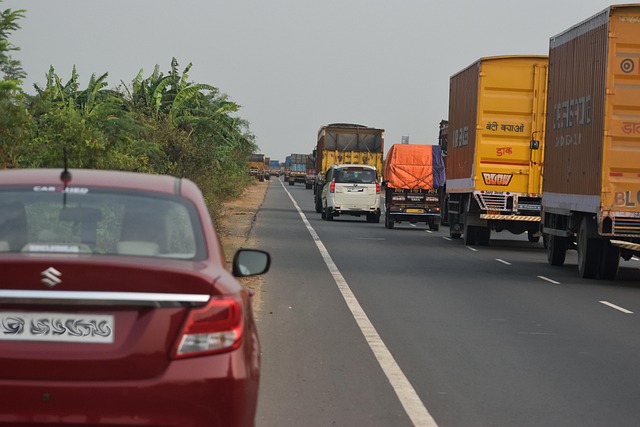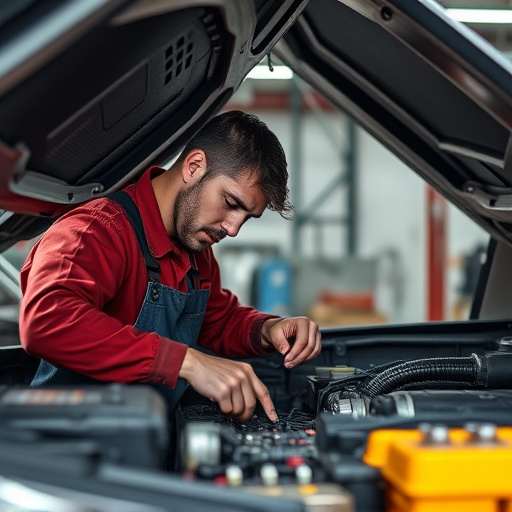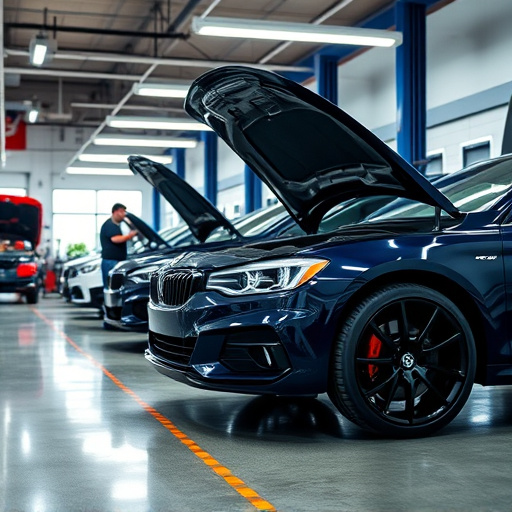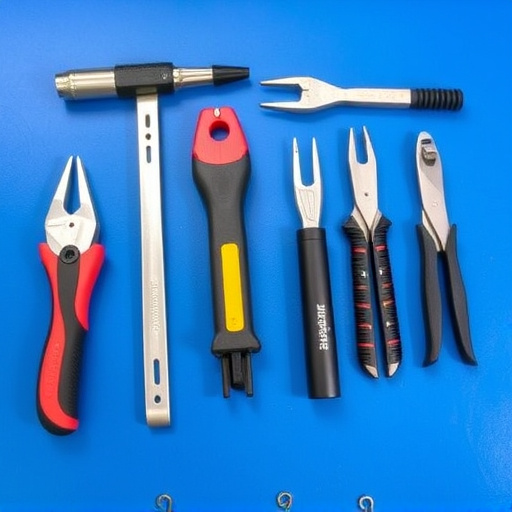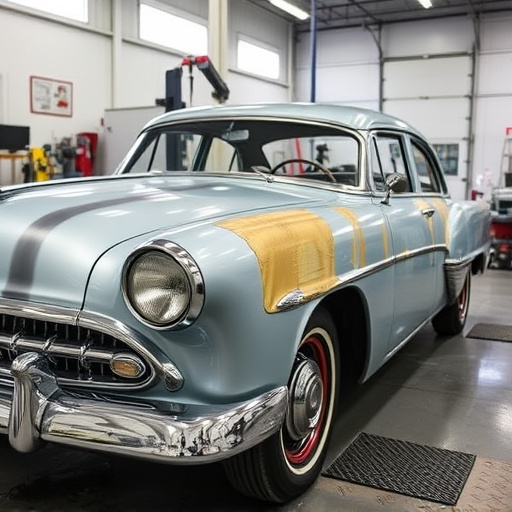A Tesla drive unit (TDU) inspection is a critical process ensuring the safety and optimal performance of Tesla vehicles, both new and pre-owned. Certified technicians scrutinize the TDU's hardware and software, testing for damage, wear, and software issues that could impact features like Autopilot. This five-step process includes exterior checks, component examinations, on-road tests, diagnostic scans, and active safety feature evaluations, addressing subtle issues to guarantee reliability, efficiency, and safety. Regular TDU inspections are vital for maintaining Tesla's reputation and protecting buyers in the pre-owned market.
When considering a certified pre-owned Tesla, understanding the intricate components, such as the drive unit, is crucial. The Tesla drive unit inspection process plays a vital role in ensuring these electric vehicles are safe and reliable. This comprehensive guide delves into the essential steps for conducting a thorough check of the drive unit, covering its unique components and functionality. By mastering this inspection, you’ll be equipped to navigate the market with confidence, knowing the potential red flags to look out for.
- Understanding Tesla Drive Units: Components and Functionality
- The Importance of Drive Unit Inspection in Certified Pre-Owned Teslas
- Step-by-Step Guide: Conducting a Comprehensive Drive Unit Inspection
Understanding Tesla Drive Units: Components and Functionality
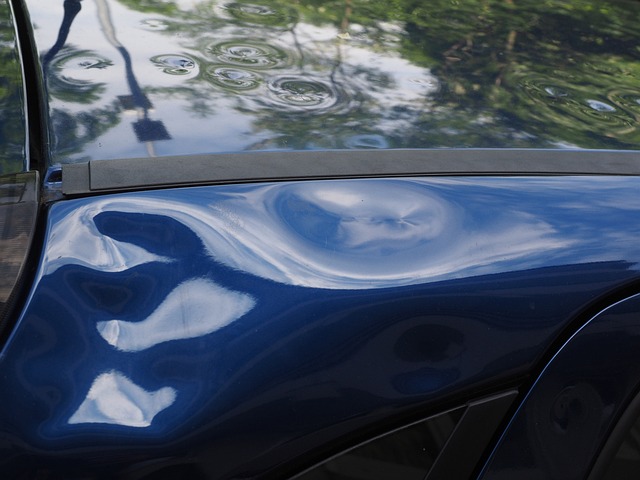
Tesla Drive Units are the heart of any Tesla vehicle, controlling everything from acceleration to steering. Comprised of sophisticated hardware and software components, these units orchestrate power delivery, sensor data interpretation, and communication with other vehicle systems. Key components include the electric motor, power electronics controller, and advanced computing modules responsible for processing real-time data from various sensors. This intricate integration ensures not only optimal performance but also autonomous driving capabilities.
During a Tesla Drive Unit inspection, certified technicians meticulously assess each component to ensure its proper functioning. They verify hardware integrity through visual inspections and diagnostic scans, checking for signs of damage, wear, or software discrepancies. Proper functionality of the drive unit is paramount not only for driving dynamics but also for safety, as it directly impacts systems like Autopilot. Regular auto maintenance includes these checks, ensuring that a vehicle’s electrical heart remains robust and reliable, even after potential collisions or extensive vehicle bodywork repairs at a trusted collision repair shop.
The Importance of Drive Unit Inspection in Certified Pre-Owned Teslas

A Tesla drive unit inspection is a critical component of any Certified Pre-Owned (CPO) check, as it ensures the vehicle’s central nervous system functions optimally. The electric motor and powertrain are the heart of a Tesla, and any issues here can compromise performance, range, and safety—all key factors for CPO buyers. A thorough inspection goes beyond checking for obvious signs of damage; it involves meticulous testing of electronic components, software updates, and mechanical integrity to guarantee the vehicle meets Tesla’s high standards.
Given the complexities of modern electric vehicles (EVs), a qualified technician must perform these checks using specialized tools and expertise. This isn’t just about identifying major defects but also subtle issues that could impact the owner’s experience. Regular drive unit inspections not only protect buyers but also help maintain Tesla’s reputation for innovation and quality, ensuring each CPO vehicle is a reliable and efficient ride, ready to navigate the roads with confidence—much like a well-maintained auto body services repairs a car dent repair while restoring its original beauty and functionality after an accident.
Step-by-Step Guide: Conducting a Comprehensive Drive Unit Inspection
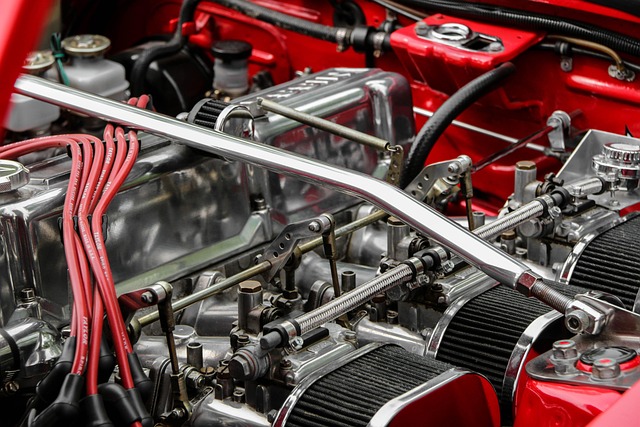
Conducting a Tesla drive unit inspection is a meticulous process that ensures the safety and performance of the vehicle. Here’s a step-by-step guide for professionals conducting certified pre-owned checks:
1. Visual Inspection: Begin by examining the exterior for any signs of damage or misalignment. Check for cracks, dents, or rust, which might indicate previous collision repair services or frame straightening. Look over all panels and components to ensure they are properly fitted and secure.
2. Check Drive System Components: Once inside, focus on the drive unit itself. Inspect the motor, battery pack, and related components for any visible damage, corrosion, or fluid leaks. Ensure all connections are tight and in good condition, free from wear and tear. Verify that cables and wires are securely fastened and routed properly.
3. Performance Testing: Put the vehicle to the test by conducting a drive on various terrains and road conditions. Pay close attention to acceleration, braking, steering response, and overall handling. Listen for any unusual noises or vibrations that might point towards potential issues. Check the odometer reading against service records and ensure all systems are functioning optimally.
4. Diagnostic Scanning: Utilize specialized tools to perform a diagnostic scan of the vehicle’s computer system. This step is crucial for identifying any error codes or performance metrics that deviate from the norm, which could indicate hidden problems requiring professional vehicle repair services.
5. Safety Features Assessment: Test all active safety features such as airbags, brake systems, and collision avoidance mechanisms to ensure they operate correctly and are not compromised in any way, especially if the car has a history of accidents or collision repair services.
A thorough Tesla drive unit inspection is paramount when assessing Certified Pre-Owned (CPO) models. By understanding the critical components and functionality of these units, and following a comprehensive step-by-step guide, car buyers can ensure the reliability and performance of their electric vehicles. This meticulous process not only enhances transparency but also safeguards against potential issues, fostering trust in the CPO market for Tesla owners worldwide.
